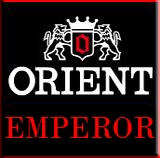|
|
|
LANCIA DELTA S4 TOTIP 2nd RALLY SANREMO 1986
Drivers: D.CERRATO - G.CERRI
1:18 AUTOART (code 88618)
Year/Anno : 1986
Color/Colore : Livrea Lancia Totip
My rating /Mio Voto : 95/100
Value for Money/Rapporto qualità prezzo : 87/100
Original price/Prezzo(2014) : €uro 210
Clicca sul banner in alto per tornare alla Homepage e visionare altri modelli.
Click the banner on the top to return at the Homepage and see the other models of my collection.
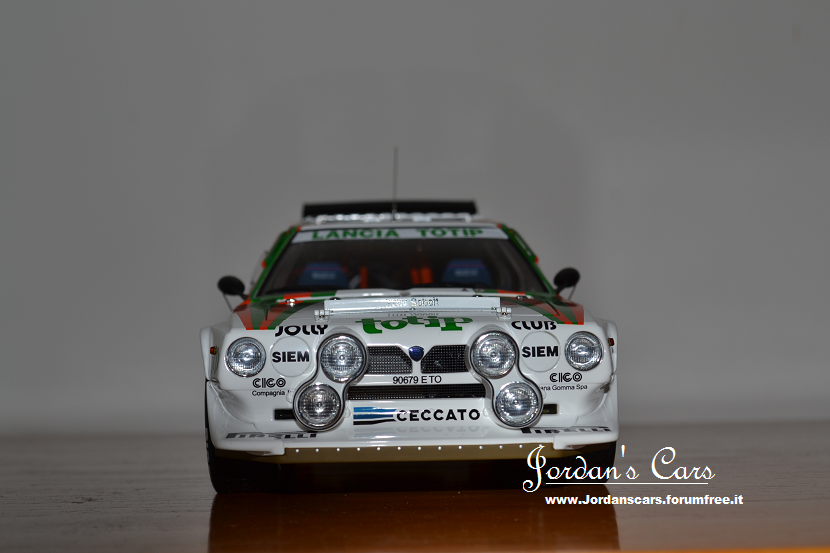
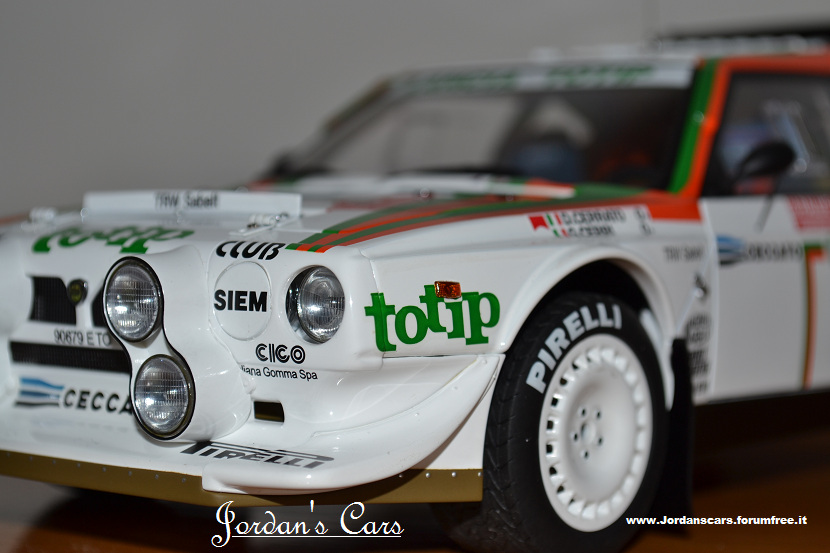
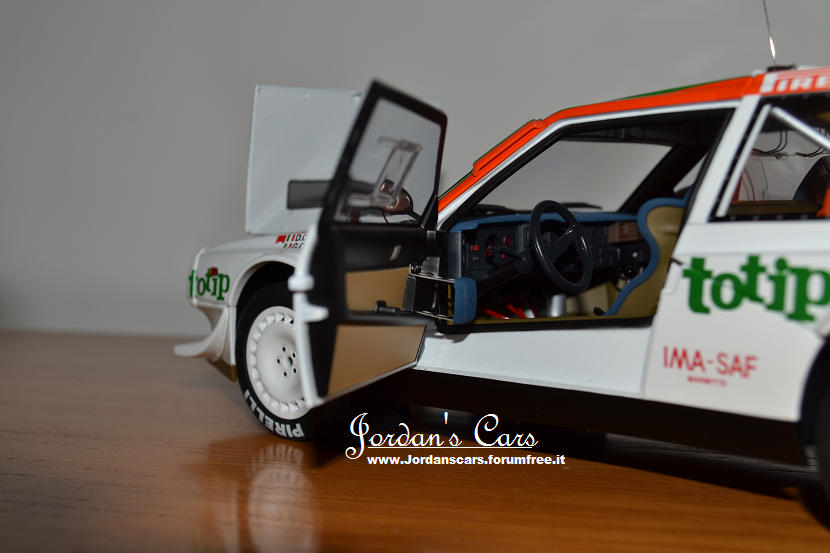

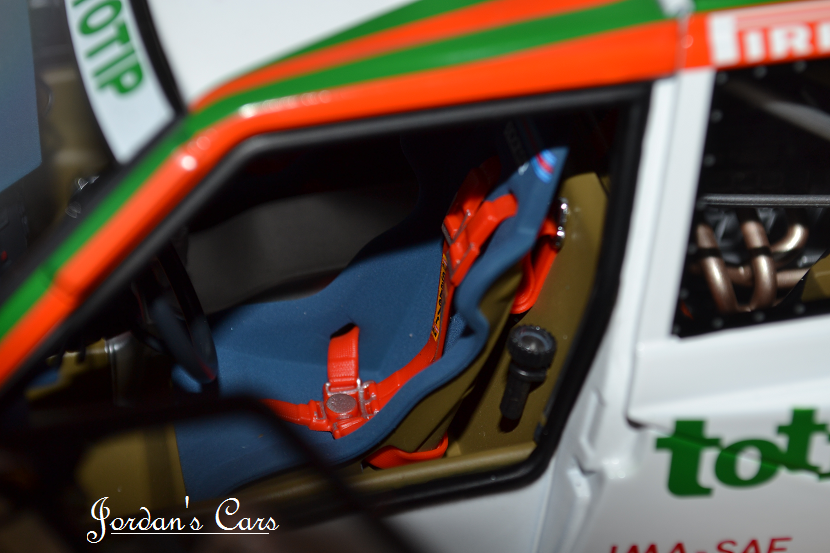
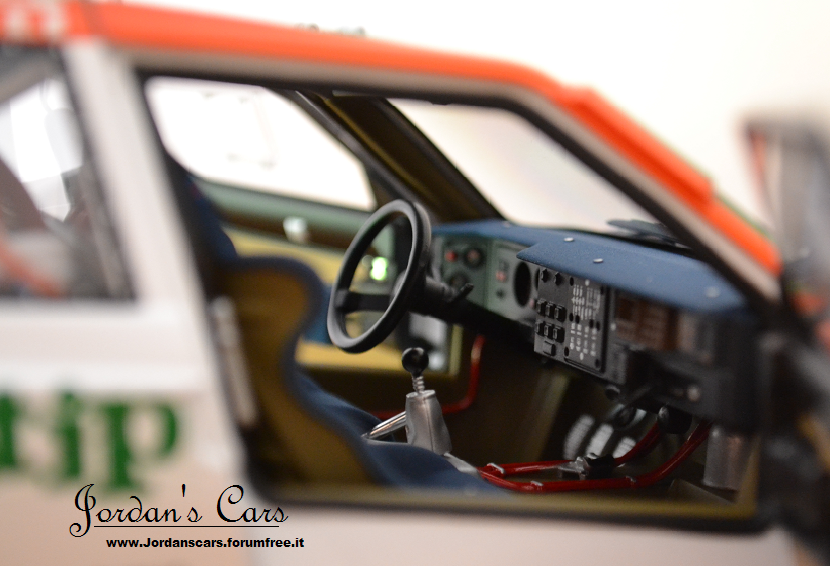
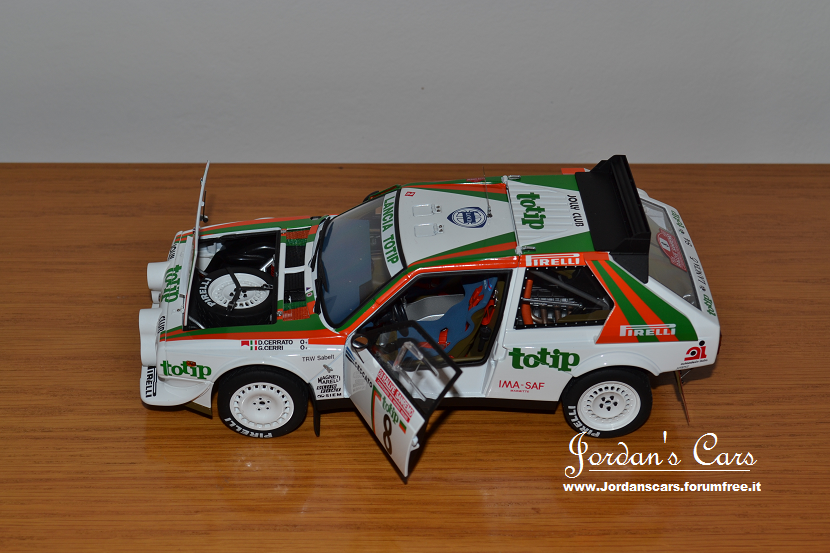
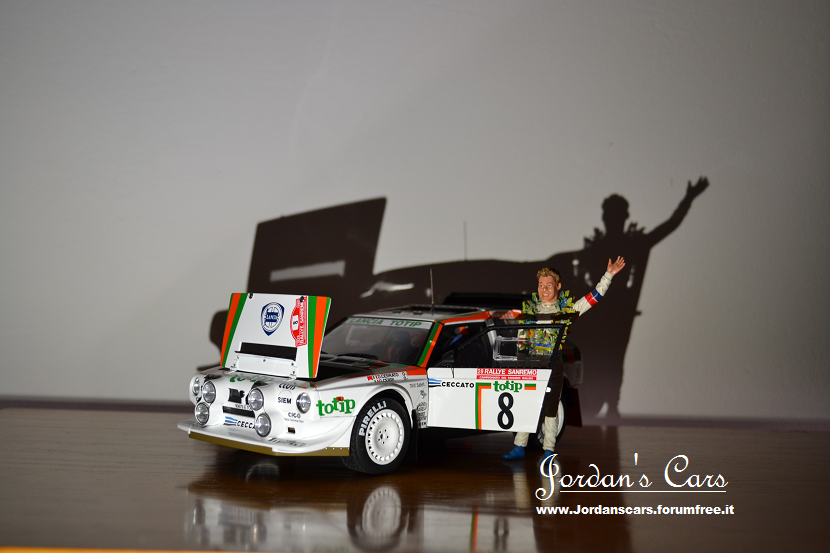
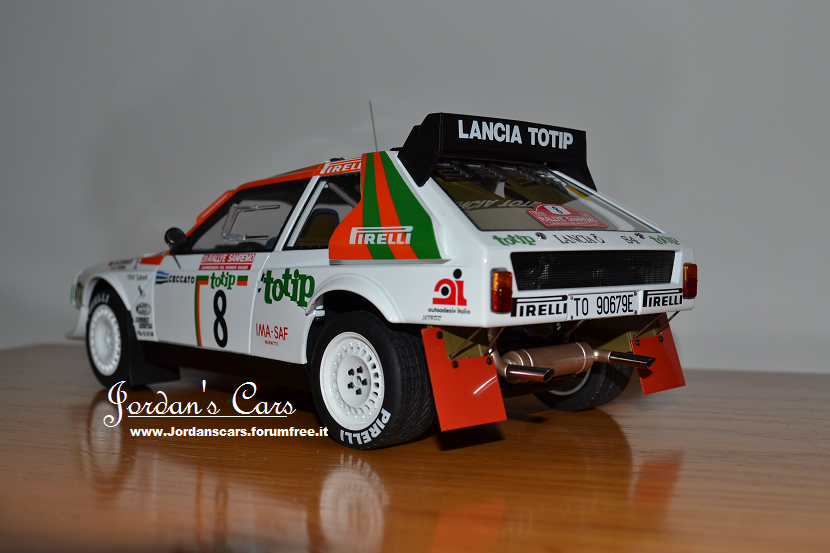
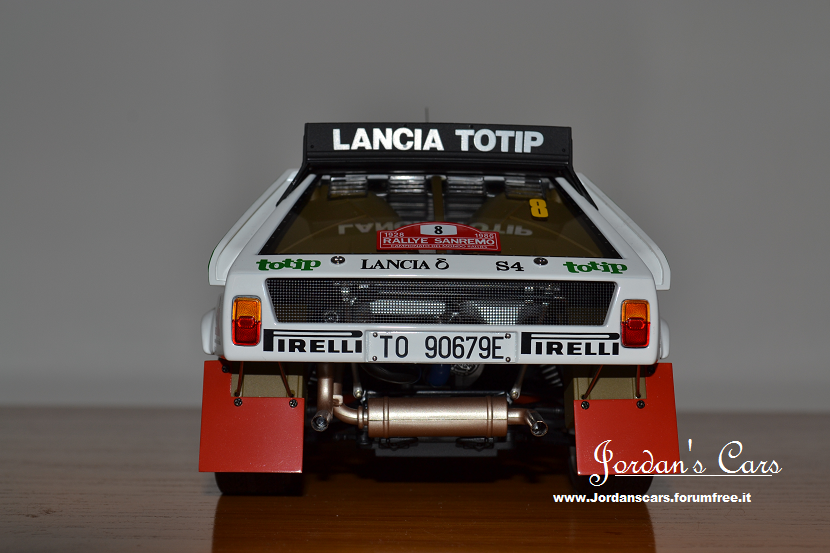
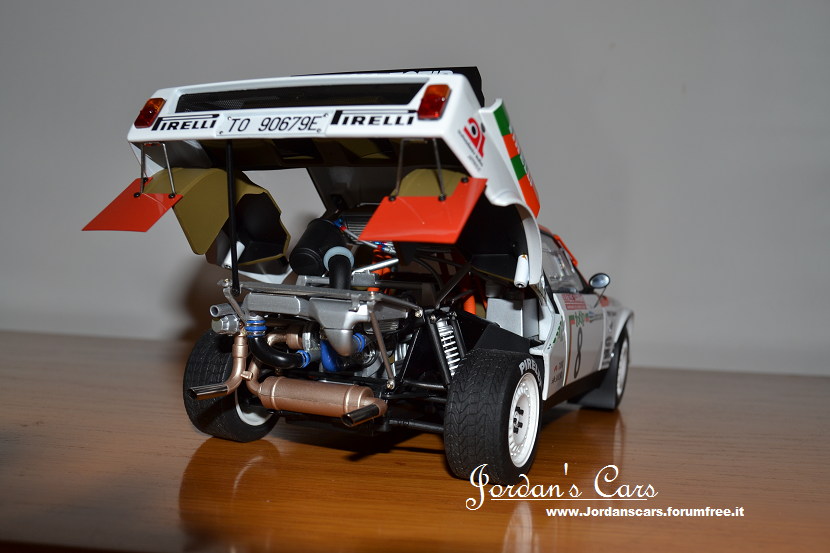
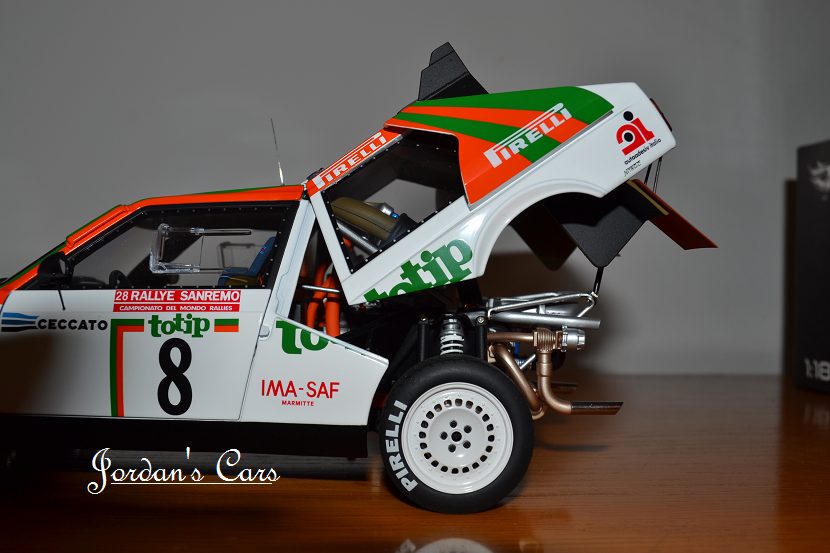
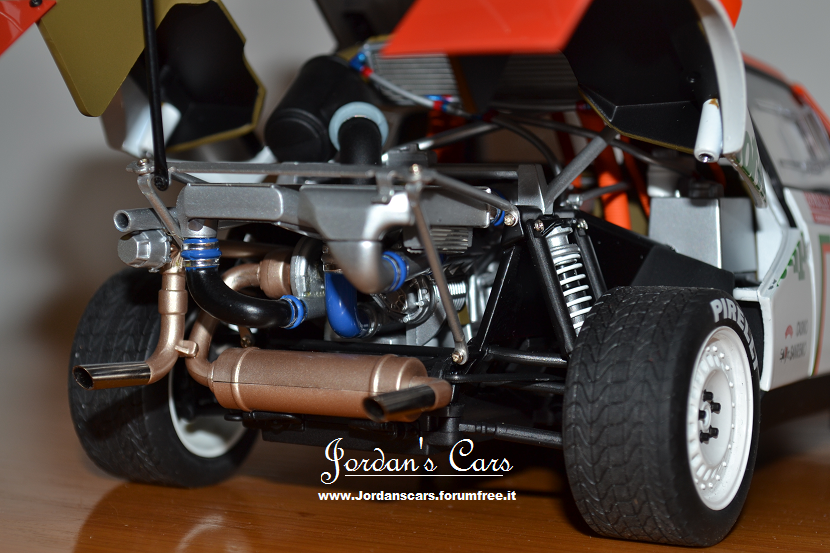
STORIA DELL'AUTO(From Wiki):
La Lancia Delta S4 è una autovettura sportiva costruita dalla casa automobilistica italiana Lancia nello stabilimento di Borgo san Paolo a Torino, per una quantitativo di 200 esemplari stradali, al fine di omologarne la variante da competizione secondo le norme FIA Gruppo B, da utilizzare nel Campionato del mondo rally, in cui ha gareggiato dal 1985 al 1986.
Nel 1985 per rendersi nuovamente competitivi di fronte alle altre case automobilistiche nel mondiale rally, bisognava battere la Peugeot 205 turbo16 sul suo stesso campo, quello aperto dall'Audi con la quattro: la trazione integrale era una necessità inderogabile e la Lancia 037, utilizzata fino ad allora nelle gare, non era ormai più competitiva. Perciò lo staff Lancia-Abarth condotto dall'ingegner Lombardi diede vita alla Delta S4 (S="sovralimentata"; 4=quattro ruote motrici), con l'obiettivo di vincere nelle competizioni rally internazionali del Gruppo B. Quest'auto fu l'unica Delta mai prodotta per le competizioni a non avere in pratica nulla da spartire col modello di serie: fu necessario produrre e mettere in vendita al pubblico 200 esemplari stradali, obbligatori da regolamento per l'omologazione della vettura da gara.
Il motore di questa vettura era un 4 cilindri in linea con una cilindrata di 1759 cm³. Il basamento del motore (posto centralmente) è in lega di magnesio, e la testata, in lega leggera, inoltre le canne dei cilindri erano rivestite superficialmente con un raffinato e tecnologico trattamento a base di materiale ceramico (Cermetal). Le valvole erano 4 per cilindro in Nimonic (una lega Nichel-base normalmente impiegata in applicazioni ad alta temperatura ed alto stress meccanico). Vi era un sistema di doppia sovralimentazione: un turbocompressore KKK k27 più compressore volumetrico (volumex, brevettato dalla Abarth tipo R18): il vantaggio del volumex era di "spingere" già a 1.500 giri/min. La potenza pura veniva invece dal turbocompressore KKK a gas di scarico. L'unione dei due sistemi permise elasticità e potenza. I due sistemi di sovralimentazione vennero accoppiati escludendo il Volumex agli alti regimi di rotazione dove funzionava solo il turbocompressore. La Delta S4 in versione stradale aveva 250 CV, la versione da gara al debutto nel 1985 ne aveva 480, mentre l'ultima evoluzione schierata nel campionato mondiale 1986 poteva sviluppare per brevi tratti anche 650 CV (476 kW) con una pressione di sovralimentazione di 2,5 bar tramite un overboost regolabile dall'abitacolo.
Il telaio aveva una struttura reticolare di tubi saldati al Ni-Cr, per poter essere facilmente riparabile e permettere all'assistenza di raggiungere con facilità tutti gli organi meccanici, mantenendo una sufficiente leggerezza. Le sospensioni erano a parallelogramma deformabile, progettate per sopportare una accelerazione otto volte superiore a quella di gravità. Le anteriori avevano molla e ammortizzatore coassiale, mentre le posteriori (doppie ) avevano l'ammortizzatore esterno alla molla, per sopportare il maggior peso (57% del carico, più trasferimento di peso in accelerazione). L'escursione era di 250 mm.
Il debutto mondiale della Delta S4 avvenne nel rally RAC del 1985, e fu un successo: primi due posti con le coppie Toivonen-Wilson e Alen-Kivimaki. La Delta S4 si dimostrò ben presto un'auto vincente. Ma il dramma era alle porte: nel maggio 1986 al Tour de Corse, Toivonen ed il suo copilota Cresto, fino a quel momento in testa al rally, uscirono di strada e perirono nell'incidente.[1]
La drammatica scomparsa di Henri Toivonen e Sergio Cresto non fu isolata. C'era stata quella di Attilio Bettega su Lancia 037 l'anno prima. Vi furono poi la morte di due spettatori e l'accadimento di altri numerosi incidenti, ma con risvolti meno drammatici. Il mondiale andò comunque avanti ed era già vinto dalla coppia Alen-Kivimaki su Lancia Delta S4, grazie anche all'epilogo del Rally di Sanremo durante il quale accadde un fatto determinante per la corsa al titolo 1986: per aver maggior effetto suolo la Peugeot montò le minigonne sulle fiancate delle T16 e le tre vetture furono squalificate. I francesi fecero ricorso in appello ma il Sanremo fu dominato dalle Lancia. Il mondiale costruttori andò alle Peugeot e il mondiale piloti a Markku Alen su Lancia S4, quando 11 giorni dopo la fine del campionato la Fisa accettò il ricorso della Peugeot e cancellò il risultato del Sanremo, regalando così anche il titolo piloti alla Peugeot. La Delta S4 dopo soli 13 mesi concluse il suo breve ma intenso ciclo, non vinse nessun titolo mondiale, dimostrandosi comunque una delle più competitive vetture di Gruppo B. L'esperienza maturata con la S4 permise alla Lancia di presentare dopo pochi mesi la nuova Delta 4WD Gruppo A, autovettura che avrebbe poi vinto per 6 volte il mondiale costruttori. Tutti i più o meno tragici avvenimenti accaduti durante i campionati 1985 e 1986 fecero comunque prendere alla federazione internazionale la decisione di sospendere l'attività nel Campionato Mondiale Rally delle auto di Gruppo B (ritenute troppo pericolose per le elevatissime prestazioni raggiunte) a favore di auto con caratteristiche più vicine a quelle di serie (Gruppo A). Successivamente, la S4 venne reimpiegata nel Campionato europeo di rallycross, dove giunse seconda nel 1987.
Mentre la Delta S4 correva, era in preparazione un prototipo, la Lancia ECV (dotata di vari sviluppi meccanici e strutturali), che sarebbe dovuto diventare la Delta S4 Evoluzione e successivamente la ECV evoluzione2.
Nel biennio di vita la S4 ha conquistato 5 vittorie e 15 podi in 12 gare (una nel 1985 ed 11 nel 1986) del Campionato del mondo rally.
________________________________________________________________________________
The Lancia Delta S4 is a Group B rally car from the Italian car company Lancia. The Delta S4 competed in the World Rally Championship in 1985 and 1986, until Group B cars were banned from competition by the FIA. The car replaced and was an evolution of the Lancia 037. The S4 took full advantage of the Group B regulations, and featured a midship-mounted engine and all-wheel drive for superior traction on loose surfaces.
The car's 1,759.3 cc four-cylinder engine combined supercharging and turbocharging to reduce turbo lag at low engine speeds.[1] Officially, the car produced 480 horsepower (350 kW), but some sources claim that the Delta S4 produced about 560 horsepower (417 kW). In 1985, Lancia engineers tested an S4 engine under extreme conditions, reaching 5 bars boost, developing around 1000 horsepower. An engine capacity multiple of 1.4 was applied to forced induction engines by the FIA and the choice of 1,759 cc put the S4 in the under 2,500 cc class, which allowed for a minimum weight of 890 kg (1,962 lb). The combined super/turbocharger system (often referred to as twincharging) was a development of the 037 engine that produced 350 hp (261 kW) with a supercharger only.
Like Peugeot's earlier 205 T16, the mid-engine Lancia Delta S4 was a Delta in name and body styling only (for marketing purposes), and shared virtually nothing in terms of construction with the production front-engine Delta. The chassis was a tubular space frame construction much like the 037. It featured long travel double wishbone suspension front and rear, with a single large coil over at the front and separate spring and twin shock absorber at the rear. The bodywork was made of a carbon fibre composite with front and rear bodywork fully detachable for fast replacement due to accident damage, allowing ease of access during on-event servicing. The bodywork featured several aerodynamic aids including bonnet opening behind the front-mounted water radiator with Gurney flap, front splitter and winglets moulded into the front bumper panel, flexible front skirt, and rear deck lid wing that featured both a full aerofoil wind section twinned with a deflection spoiler. The door construction style was brought from the 037 with a hollow shell all-Kevlar construction that had no inner door skin, no door handle or window winder. The door was opened with a small loop and the windows were fixed perspex with small sliding panels to allow some ventilation and passing of time cards and suchlike.
The all-wheel drive system, developed in cooperation with English Hewland, featured a centre differential which allowed for between 60 to 75% of the torque to go to the rear wheels.
The Group S Lancia ECV was to replace the Delta S4 in the 1987 season but Group S was scrapped along with Group B and Lancia used the production-derived Delta in 1987.
The method of turbocharging and supercharging an engine is referred to as twincharging. The Delta S4 was the first such example of this technology; contemporary turbochargers were inefficient, as they did not spool up at low revs and this produced the phenomenon known as turbo lag, and this affected driveability - an important aspect of a rally car.[2] However, superchargers do not suffer from lag, as they draw their power from the engine itself; this means that at higher revs, the supercharger will have a significant power draw. As such, Lancia designed their twincharger system to disable the supercharger once the turbo had spooled up by using a bypass valve.
Between October 1985 and 1986 Lancia built 200 examples of a road-going version of the Delta S4, officially named Lancia Delta S4 but widely known as "Stradale", for the purpose of homologation in Group B. In Italy the car was priced at about 100 million Lire:[4] five times the price of the most expensive Delta of the time, the HF Turbo.
The Stradale's chassis was a space frame, similarly to the racing cars, built out of CrMo steel tubes and aluminium alloy for the crash structures; it was covered by epoxy and fiberglass body panels. Like the rally car these cars mounted in a midships position a 1.8-litre engine, equipped with Weber-Marelli IAW integrated electronic ignition and fuel injection, a supercharger, a turbocharger and two intercoolers. In road tune the 1.8 produced 250 PS (184 kW; 247 hp)[5] at 6750 rpm and 291 N·m (215 lb·ft) at 4500 rpm.The "Stradale" kept a three differential four-wheel-drive system; the centre differential sent 30% of the engine torque to the front open differential, and 70% to the rear limited slip one.
Lancia claimed the car could reach top speed of 225 km/h (140 mph) and accelerate from standstill to 100 km/h (62 mph) in six seconds. In contrast to its bare bones racing sisters, the S4 Stradale featured an Alcantara-upholstered interior, sound deadening, a suede steering wheel, and was equipped with power steering, trip computer and air conditioning.

MODELLI CORRELATI/RELATED MODEL CARS:
LANCIA STRATOS RALLY '74 -----> https://jordanscars.forumfree.it/?t=71113456#lastpost
LANCIA BETA LE MANS'81 ------> https://jordanscars.forumfree.it/?t=70969639
LANCIA DELTA S4 STRADALE ----> https://jordanscars.forumfree.it/?t=72752314
Edited by xJORDANx - 12/7/2016, 01:50
|
|














 .
.





